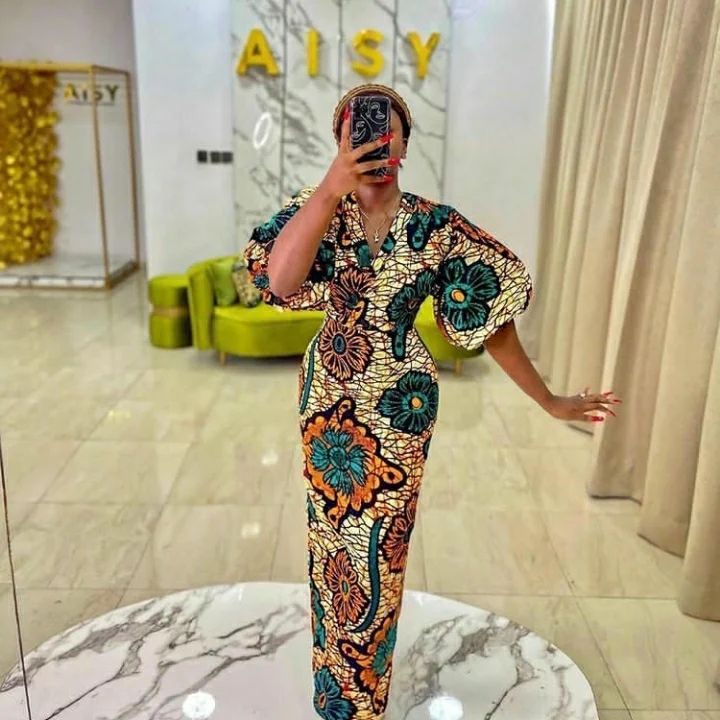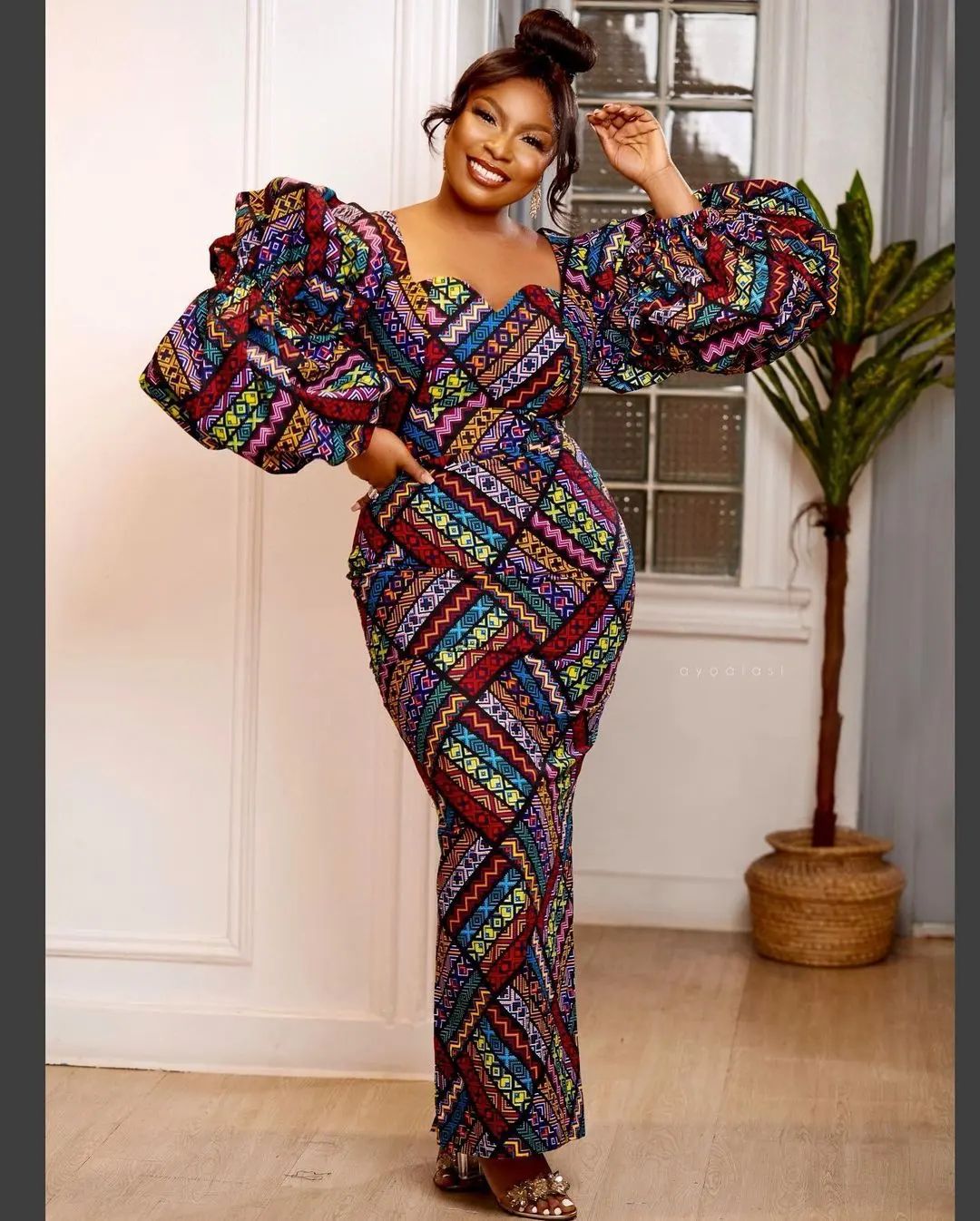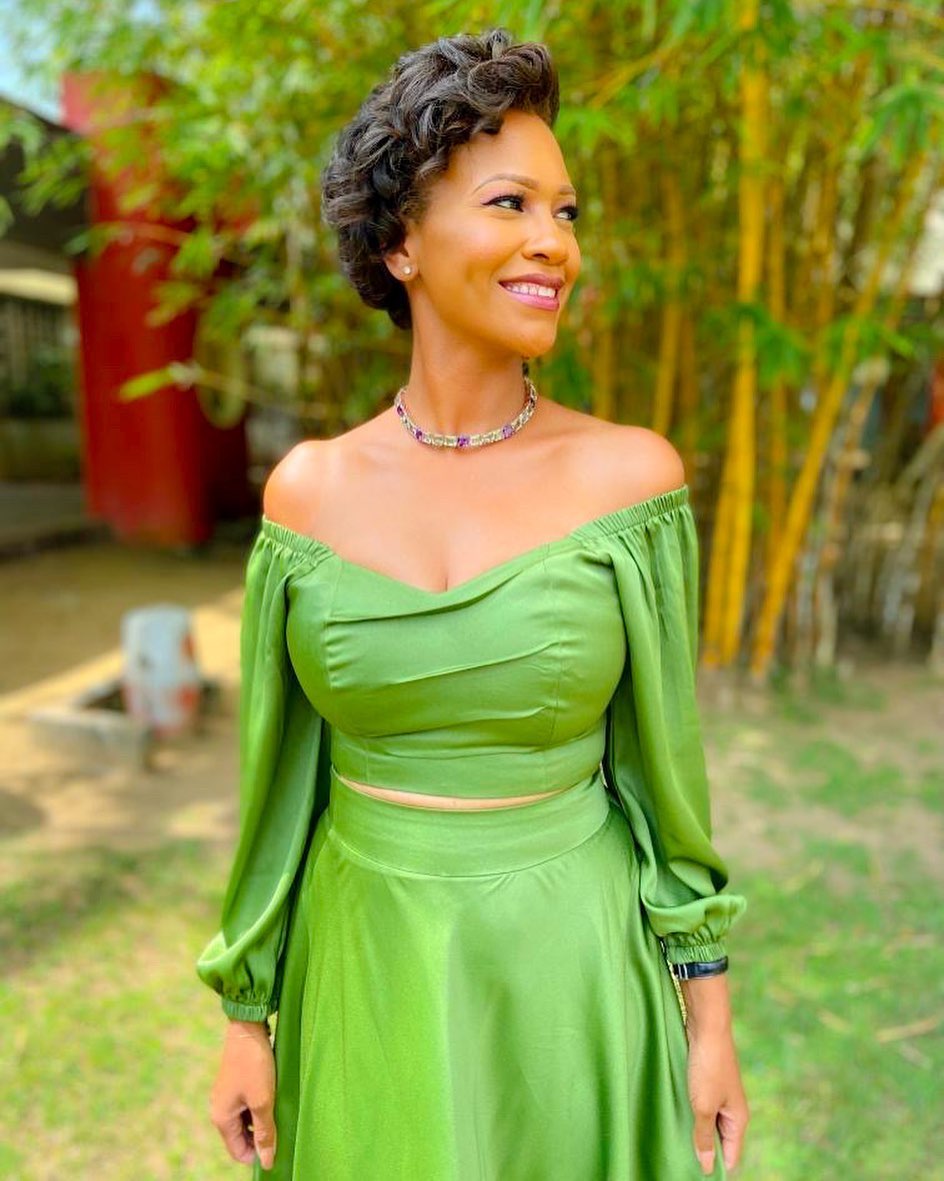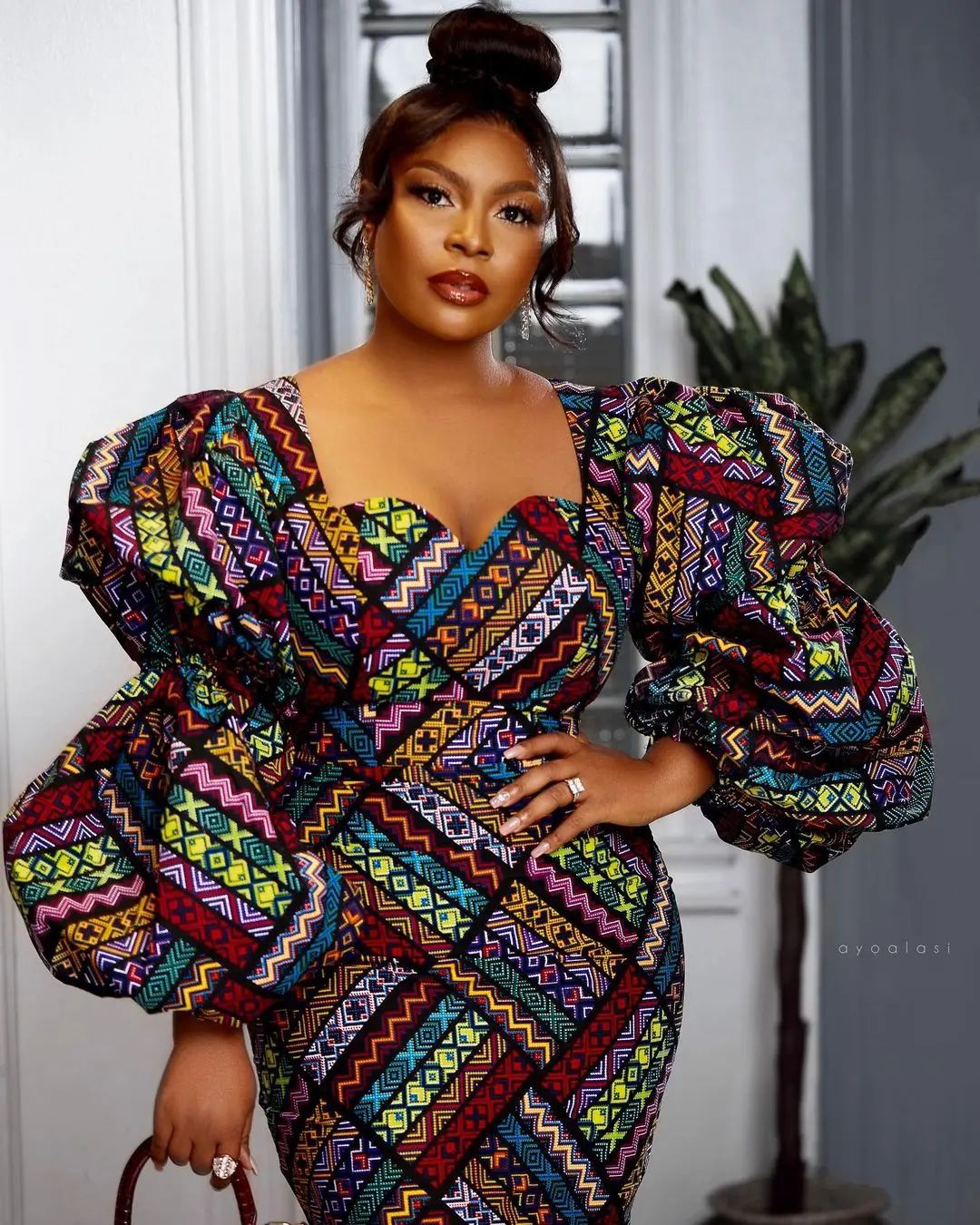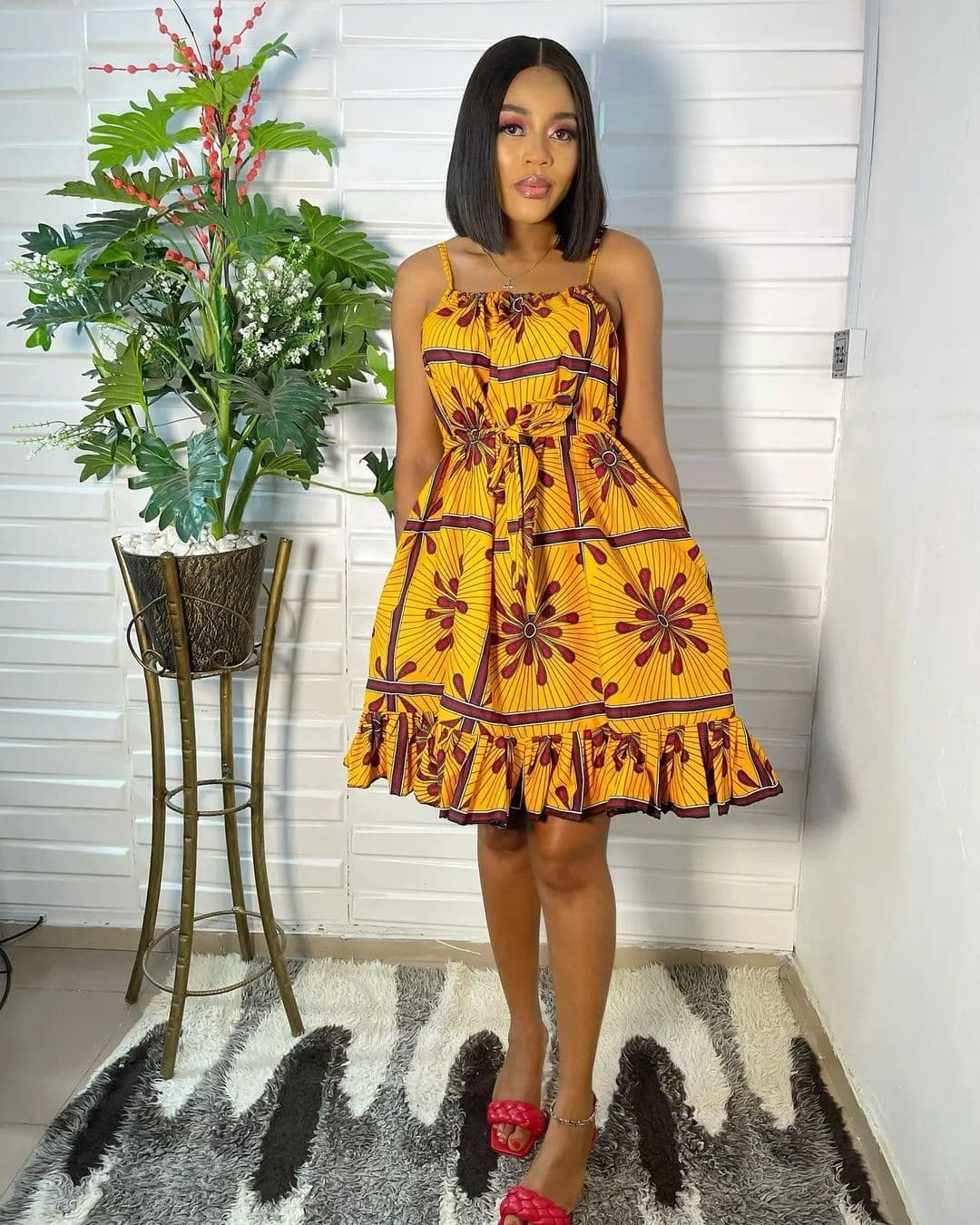Latest South African dresses For Women’s 2022

south African dresses are traditional cotton fabric, dyed indigo with geometric patterns. This fabric is part of South African culture. It’s generally worn by women of the Xhosa ethnic group. Generally, they’re indigo blue, red, and brown.
Where does this towel come from?
Shweshwe fabric was imported from India for the production of apparel. In the 18th and 19th centuries, it was introduced to South Africa by German emigrants. German women wore indigo fabric and it was snappily exported to South Africa. White women opposed to Intolerance wore emblematic support for Shweshwe fabric.
Indeed, in 1890, a German plant developed a synthetic indigo color to replace the cotton color that’s still used moment. The natural cotton color attained from the factory Indigofera Tinctoria ( type Legume).
Once the German settlers began wearing shweshwe during the 19th century, Xhosa women began to introduce this fabric into their traditional dress by replacing the beast skin outfits with Shweshwe in cotton. They liked the blue tinge of indigo, for that color stretched their darker skin.
Traditionally, recently married Xhosa women (makoti) and wedded Sotho women wear shweshwe
. But, how did the name “ Shweshwe” come about?
. According to Da Gama Textiles, the name comes from French missionaries who in the early 1840s gave this fabric as a gift to the king of Lesotho Moshoeshoe in the 1840s. He liked it and it came popular with locals as well Than emigrants. The fabric came popular in the 19th century and the name is said to have deduced from “ shoehoe” or “ shweshwe”. The name is also associated with the rustling noise that the fabric makes when worn.
How can you tell if the fabric is the original Shweshwe?
Shwe shwe can be linked by touch, taste, smell and sound. It’s now produced in different colors, including original indigo, red and brown and a variety of shapes, including diamonds, places, stripes, indirect flowery and geometric patterns and is made by a complex process. On the original fabric you’ll find the brand ensigns on reverse of the fabric and the color is a solid color. The material is stiff when bought and has a range lower than the normal of 90 cm. The stiffness of the new fabric is washed and the material becomes soft after the traditional bounce which is used in the product, is washed.
Shwe shwe are made locally and used in haute couture. Hairstylists make and transfigure Shweshwe fabric into cocoons, tablecloths, skirts, aprons, bags, shoes, chokers, pillowcase and scarves.
